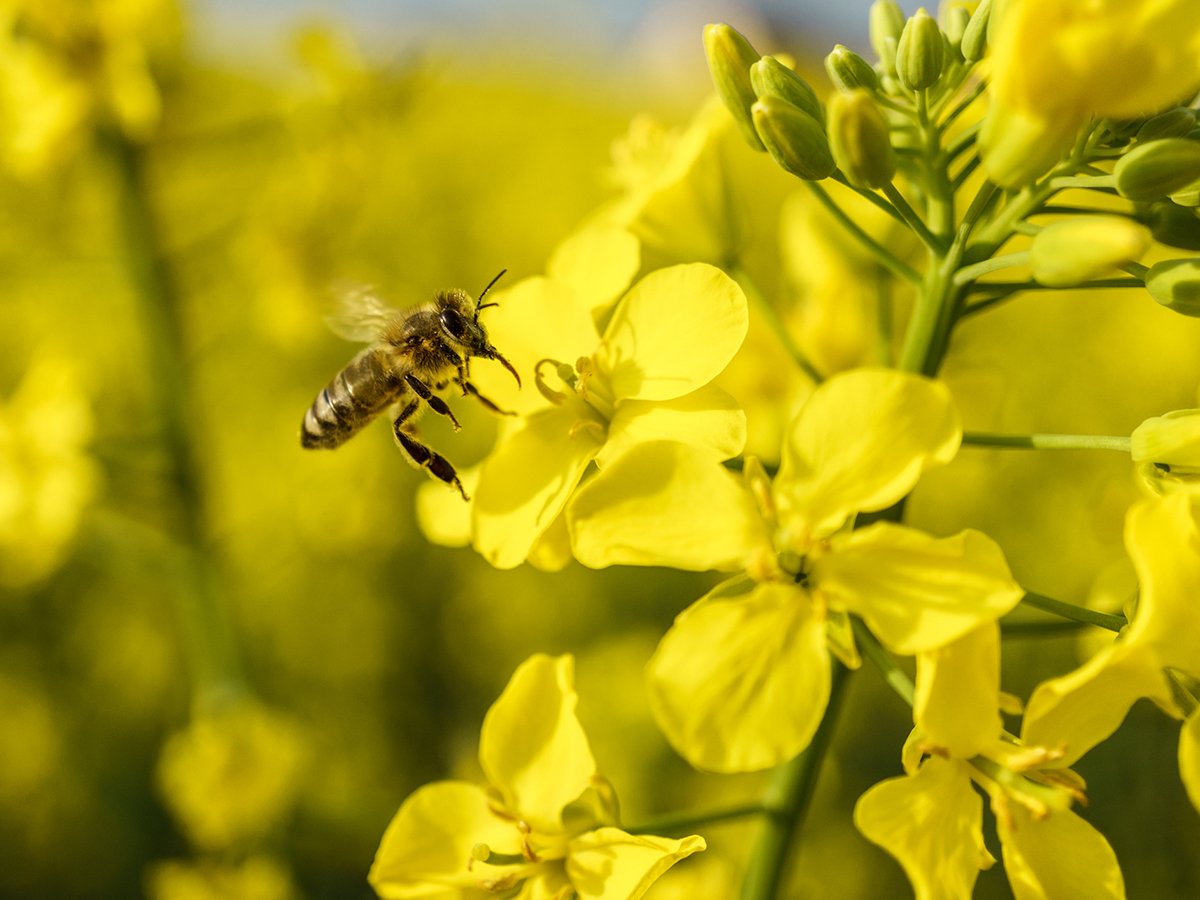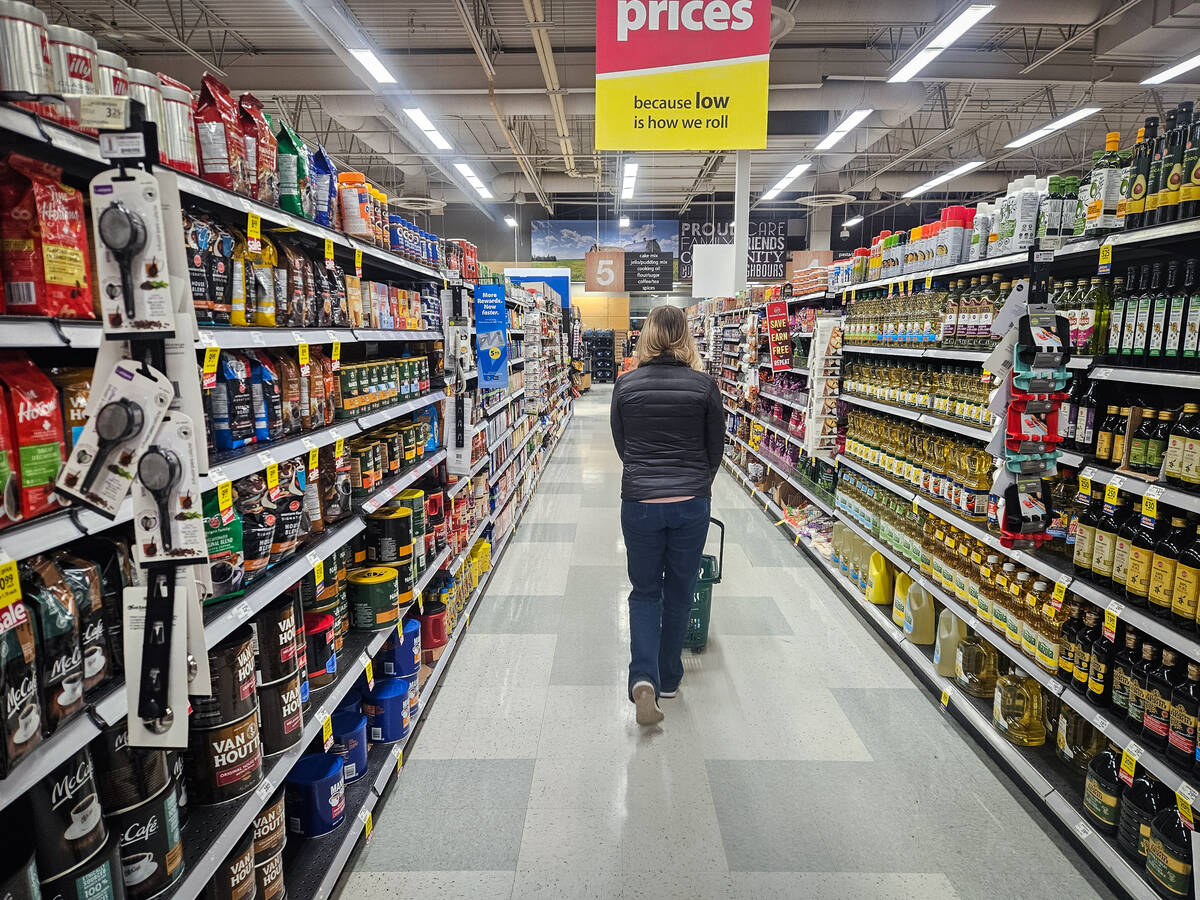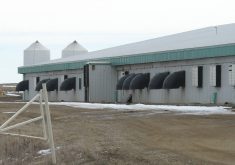Agriculture has always operated in an unpredictable environment, but today’s risks feel sharper and more interconnected than ever.
Geopolitical instability disrupts trade flows. Climate change intensifies weather. Regulatory frameworks evolve faster than businesses can adapt.
Consumers wield unprecedented influence over food systems.
Read Also

Invigor Gold variety viewed as threat to condiment mustard
Invigor Gold, the canola-quality mustard developed by BASF, is on a collision course with Canada’s condiment mustard industry. It’s difficult to see how the two can co-exist.
They reward brands that align with their values, and they have the tools to hold companies accountable when expectations aren’t met. Social media can amplify a single negative story overnight, while growing demand for sustainability drives retailers and foodservice companies to set stricter procurement requirements.
Even regulators and investors respond to these trends, introducing policies and evironmental, social and governance standards that shape market access.
Meeting consumer expectations is about earning reputation, securing competitiveness, building trust and ensuring long-term resilience in a volatile global market.
Our farmers and food businesses are no strangers to uncertainty. It has made them resilient, resourceful and willing to embrace new technology, new practices,and new partnerships to thrive in a competitive global market.
Consumer expectations for sustainability are a case in point.
The demand for credible evidence of responsible production is increasing rapidly.
While some see this as a burden, it’s also an opening to strengthen market positioning, demonstrate leadership and build deeper trust with customers.
Canadian agriculture already has a remarkable story to tell, one of stewardship, science-based practice, and ongoing commitment to improvement.
Our challenge is not only doing the work, but ensuring we can prove it and communicate it effectively.
In this context, trust is a strategic asset.
Supply chain partners, retailers and international buyers want assurance that Canada’s food system is as strong and sustainable as its reputation suggests. Those who can deliver transparency—backed by data and authentic storytelling—will find themselves better equipped to weather uncertainty and capture opportunity.
The theme of risk should not be viewed solely through a defensive lens. It is also a call to lead.
The Canadian agri-food sector has the expertise, infrastructure and talent to set global benchmarks for sustainability and innovation. Doing so will require collaboration across the value chain, a willingness to embrace transparency and a commitment to continuous improvement even when the spotlight is uncomfortable.
Canadian agri-food has a chance to turn risk into resilience — and resilience into competitive advantage.
On Oct. 1-2, the Canadian Agri-Food Policy Institute will host its annual Exchange conference with the theme, Canadian Agri-Food in a Risky World.
Leaders from across the sector will explore the challenges of navigating today’s complex and unpredictable landscape and the opportunities to build trust and drive innovation.
I look forward to moderating a discussion on Navigating Market and Consumer Expectations, where we’ll examine how transparency, data and authentic storytelling can help Canadian agri-food thrive — even in uncertain times.
This year’s conference will be a critical forum to explore how Canadian agri-food can navigate these risks and define leadership in this era of transparency.
Amanda Richardson is interim executive director of the Centre for Agri-Food Benchmarking.

















